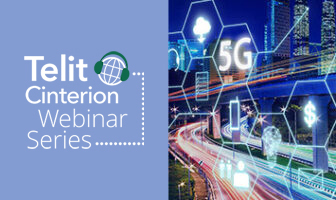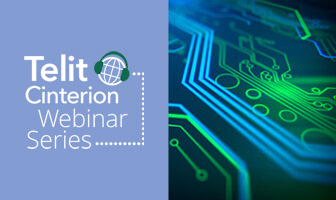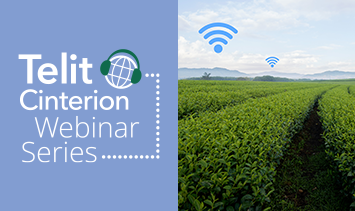- Flexibility
- Efficiency
- Control
eSIM Enables Scalable, Remote Connectivity
eSIM has matured as a global connectivity solution. It supports remote provisioning, eliminating the need for physical SIM swaps. This flexibility supports scalability and simplifies life cycle management.
With eSIM, global deployments are easier to manage. Service disruptions tied to carrier contracts or regional limitations become less of a concern.
iSIM Simplifies Design and Reduces Power Use
iSIM takes the next step by placing the subscriber identity in the device’s core processor. This eliminates the need for additional hardware and reduces power use. The result is a more compact and efficient device.
iSIM technology also opens space for smaller or more ruggedized form factors. For OEMs and product teams, this approach unlocks design possibilities that were not feasible with traditional SIMs.
eSIM and iSIM Shift Control across the IoT Ecosystem
As these technologies mature, their impact goes beyond the device itself. Device makers gain more control over network choices. Operators face new expectations to deliver flexible, scalable solutions. They must respond with services that adapt to dynamic provisioning and integration.
Key Takeaways
Watch this webinar to learn how these technologies impact business models. Experts from Vodafone, Telit Cinterion and Pelion join moderator Jim Morrish to explore how companies build and manage IoT systems with embedded connectivity.
The conversation will focus on how each part of the value chain adjusts as eSIMs become the standard.
You will learn:
- How eSIM enables flexible, remote provider management and helps scale global IoT
- Why the removal of hardware components allows iSIM to lower power consumption and streamline design
- How these technologies shift control within the IoT ecosystem and reshape OEM and operator responsibilities


